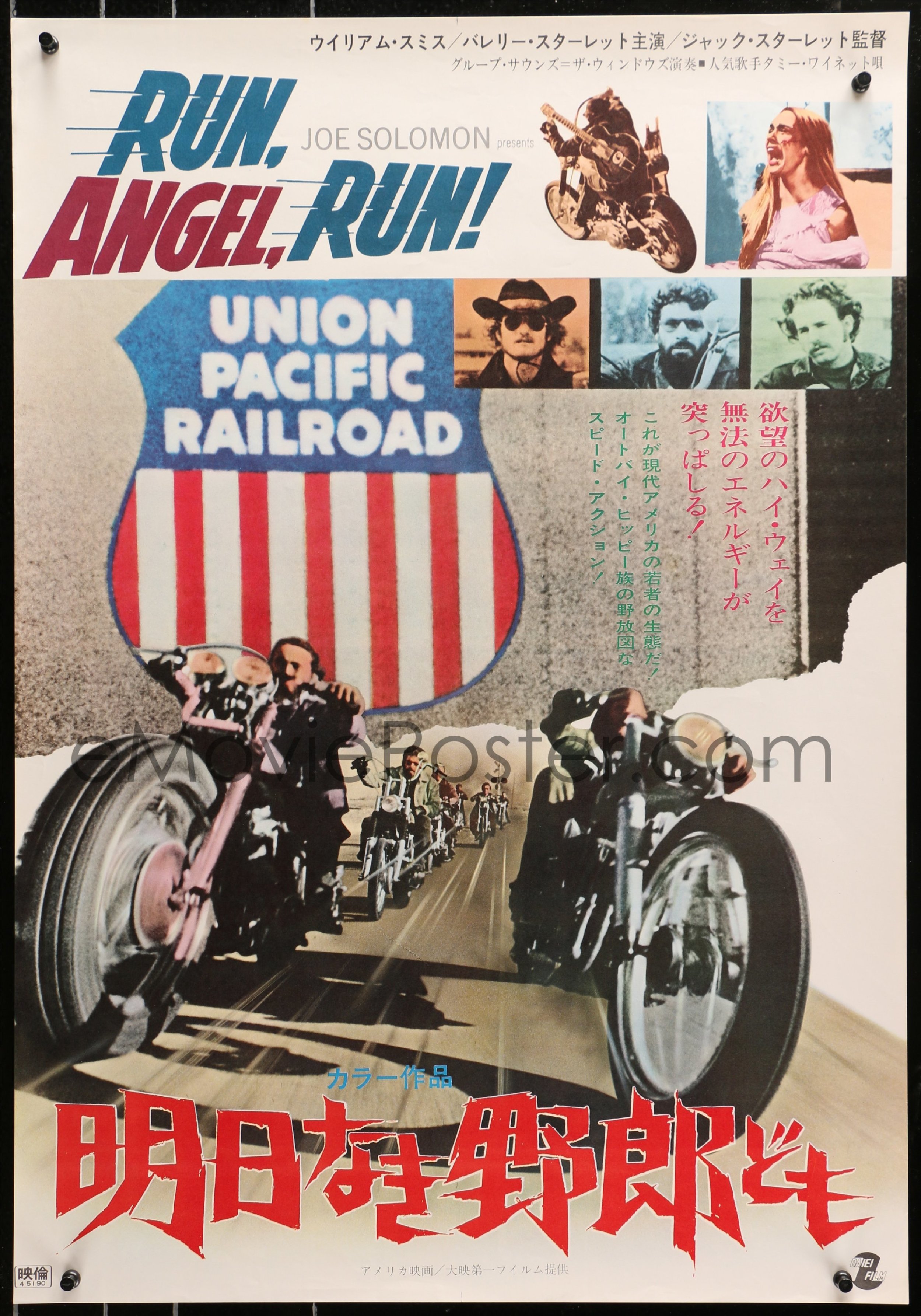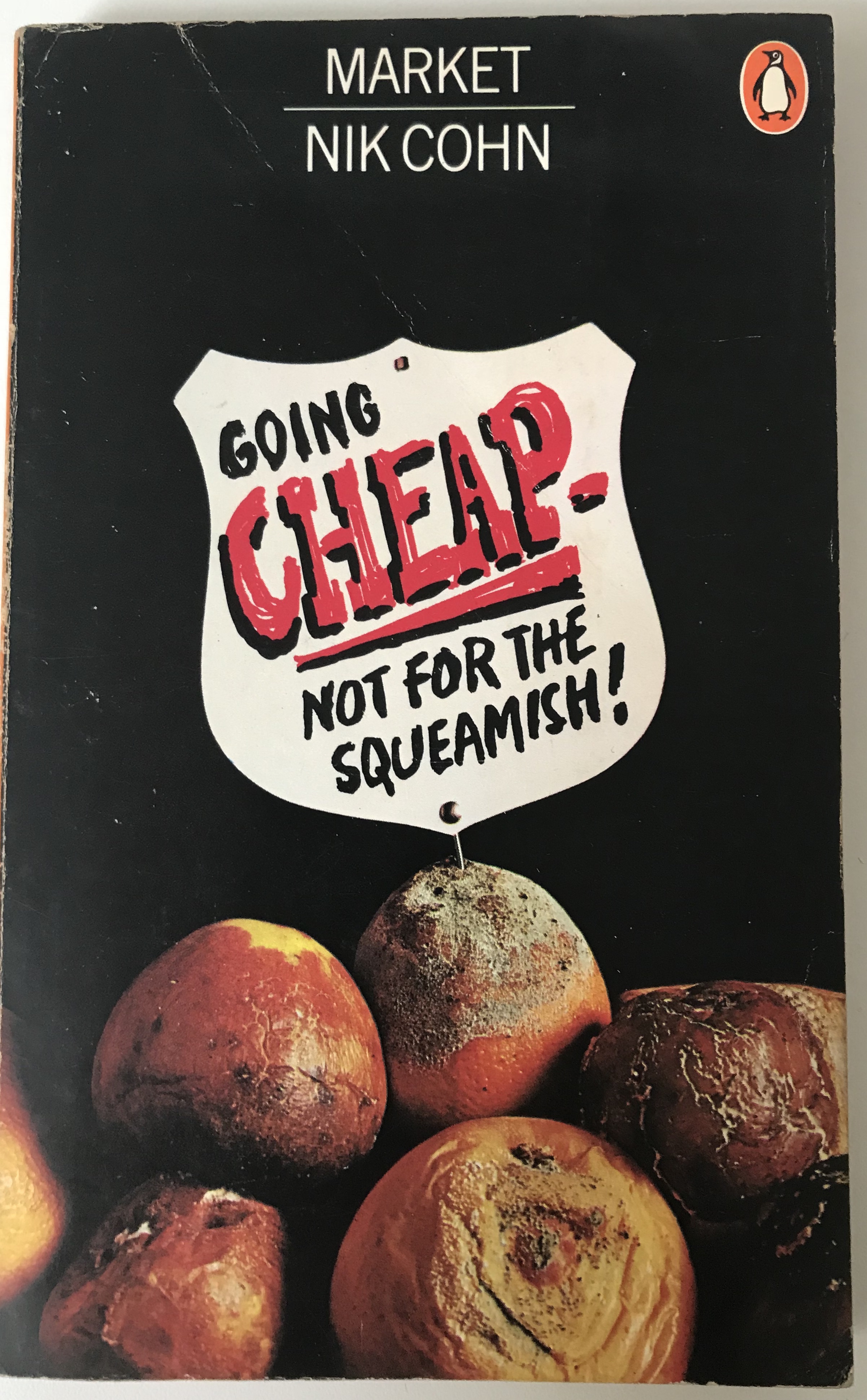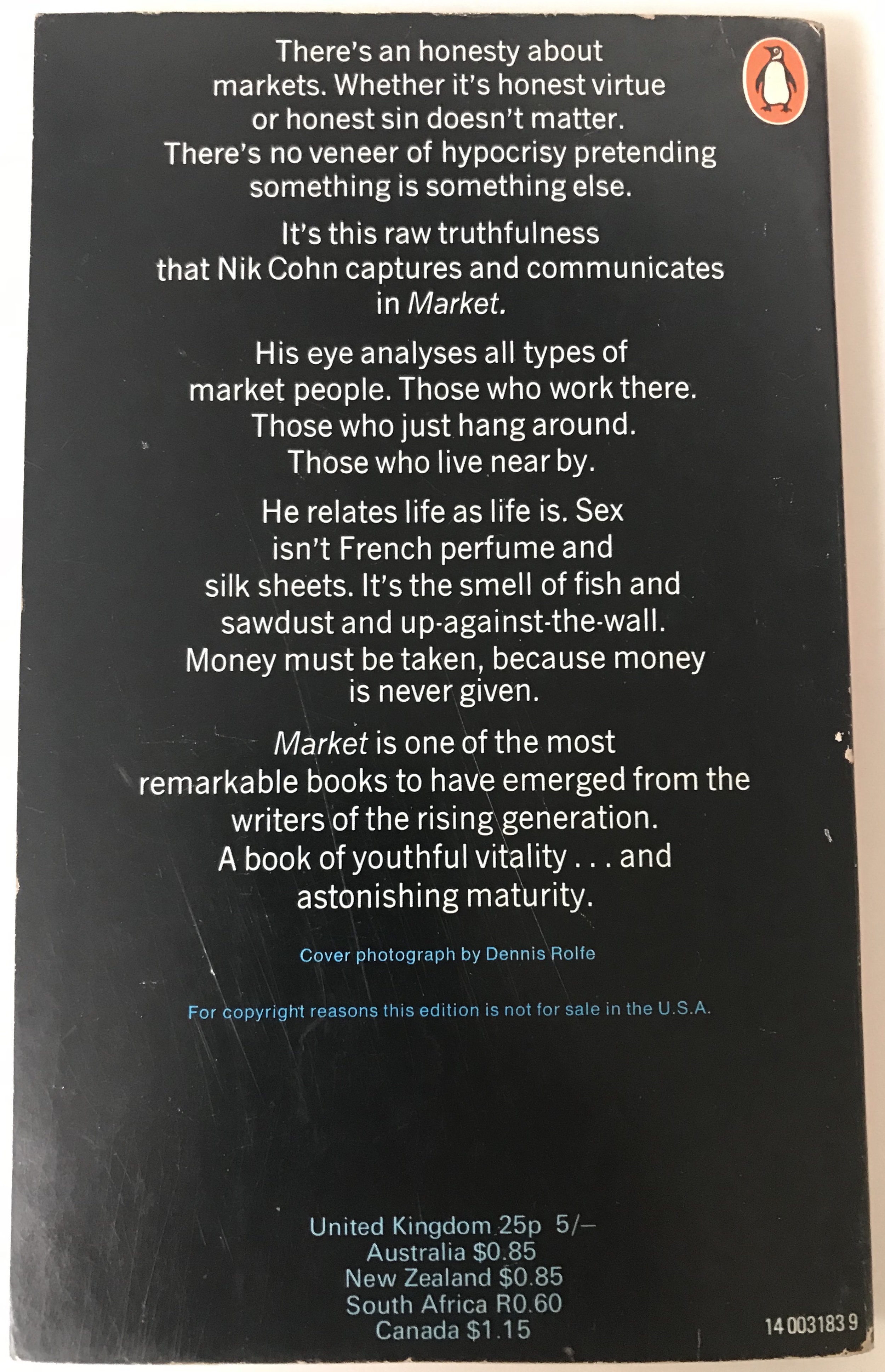The story stays the same, but the tellers of the tale get older. In the decomposing footage of John’s Children - green mould over the ghosts of teenage delinquency - Bolan and band can no longer escape the ravages of time.
Japanese poster for Run, Angel, Run! (Joe Solomon, 1969)
Nik Cohn, Market (Penguin, 1970)
Searching for gold in dusty, crumbling racks of old seventy-eights, chipped and derelict, bad tunes, forgotten singers, syrupy violins. And lurking in there somewhere, treasure, Little Richard or the Coasters or Jerry Lee Lewis, some early and orgiastic, wild rocker. . . He searches for an hour without luck, rack after rack of dross, his eyes get tired and his fingers are thick with dust . . . But when and if he occasionally does find something, an original Johnny Otis, the waiting and time wasted doesn’t matter, he wraps it up in his coat like stolen goods, spiriting it away through the market and onto his player at something near a run. Then he sits poised above the soundbox, and the music goes round and round, almost obliterated by the chips and the scratches and the crackles, but there all the same, deep down, a pure gem. His day made.
Nik Cohn’s Market was first published in hardback by Secker & Warburg in 1965, when it eventually made it into paperback in 1970 he excised virtually every section that was once topical and could therefore date his story. Much was lost . . . including the above.
Nik Cohn Market (Secker & Warburg, 1965)
‘His nose is particularly keen, and he has no intention of letting us forget that urine and intercourse are of the essence of everyday life. The style is hip, hectic, American-orientated; but Mr Cohn’s stumbling prodigality would make less than a warm response ungenerous.’
Montague Haltrecht, The Sunday Times (November 21, 1965), 33.
There’s no overarching story, no central character, no defining event. The market is the place where lives flow, eddy and then pass on. Relationships and networks are defined in terms of exchange; grafted, bartered, borrowed, stolen, bought and sold. Money isn’t given it is taken. Whatever is being exchanged in the market’s stalls and streets, the public house, the pub, is the space where those transactions are finally adjudicated. Alcohol lubricates every exchange, every trade. The market is sodden with beer, wine and spirits. In these dingy places, there are no moments of transcendence or even a carnivalesque pretence of escape, just the temporary distraction of P.J. Proby on a jukebox, the sound and lights of a pinball machine or the promises found in the racing papers. The drudgery of life is mediated through bad sex and another bottle.
Blind drunk; only on her feet by instinct, stumbling and weaving, lurching across the corridor – her stagger is a bad caricature of walking. Her hair is straggling down into her eyes, and she wears so much running paint, mascara, her face looks like an oil painting that someone smudged over with a mop.
Evening Standard (November 23, 1965)
How many 19 year-olds would be capable of writing this regardless of who their mum and dad was?
Hoodlum Movies in press . . .
From the printers to the warehouse onto an online outlet of your choice . . . Here 'tis
Rob Chapman, Psychedelia and Other Colours (2015)
Despite its pretty pastel title, ‘Pink, Purple, Yellow and Red’ [by the Sorrows] is an incendiary slab of pill-fuelled hate pop; not so much a eulogy to a born-again flower child, more the irrationale of a man who, realising his drink has been spiked, has lurched reeling out of the nightclub and just about made it back to the sanctuary of his spinning bed before the furies take flight. Something’s gonna blow/inside my head,’ he sings like a Brum-beat Travis Bickle as the walls contract and expand around him.
Rob Chapman is a connoisseur’s connoisseur of popsike and his Psychedelia and Other Colours (Faber 2015) is a beautifully detailed tour of the high-sixties’ mainstreams and subterranean channels of lysergic emanations. You’ll need a full set of Phil Smee and Brian Hogg curated compilation albums if you want to get the most from this unrivalled sonic archaeology of that short moment between the maraca shakers of mod R&B and Bach infused prog rock, but that ain’t no hardship.
Ramrod Arrow blu-ray
First post is a bit of self-promotion for Arrow's wonderful transfer of Andre de Toth's dark western, Ramrod. I had the privilege of giving the introduction. Lots of other extras to boot.










